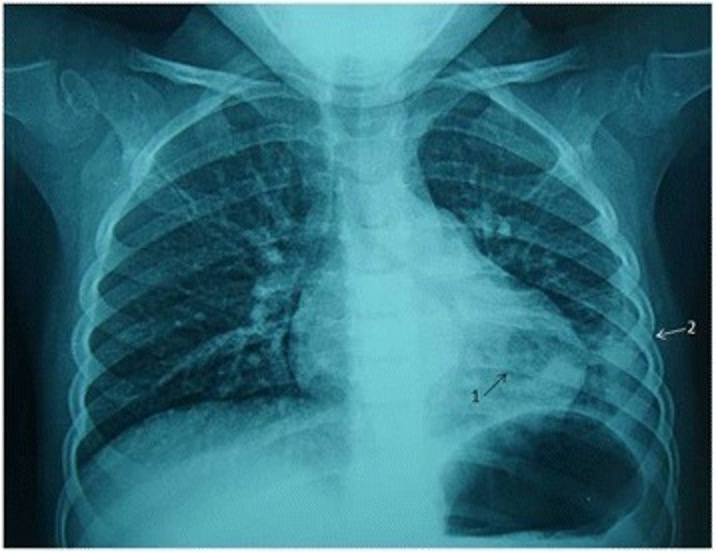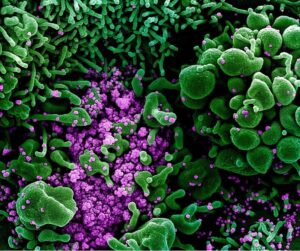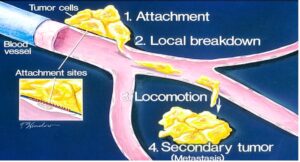
Figure 1: This is an image of a child with pneumonia. The fluid build-up in the lungs (known as pleural effusion) is visible here
Source: Wikimedia Commons
Pneumonia is a common illness with a variety of causes. It is often triggered by some form of viral or bacterial infection, like influenza. The alveolar space, the small pockets in the lungs where respiratory gas exchange occurs, is often filled with fluid or pus, causing difficulty breathing. Many pneumonia-causing viruses or bacteria generally spread very rapidly across the lungs, but can usually be effectively combatted by the immune system, or with the help of antibiotics (Northwestern University, 2021).
COVID-19 pneumonia behaves differently. It infects many small lung regions, and transmits the virus over a far more prolonged time-period, potentially up to multiple weeks (Northwestern University, 2021). The length of the disease contributes greatly to its severity, alongside other factors. The effects of COVID-19 are not isolated to the lungs either – many other organs, including the heart and brain, are damaged by COVID, and symptoms including fever and low blood pressure are pervasive (Northwestern University, 2021).
Consequently, researchers are looking for a possible approach for therapy. Immune cells, like T-cells and macrophages, seem to be a promising treatment target. Researchers at Northwestern University sampled and sequenced the RNA present in the alveolar fluid of patients with severe cases of COVID-19 within 48 hours of intubation. Testing revealed that many of the immune cells in the alveolar fluid contained coronavirus RNA, indicating that they were infected. (Grant et al., 2021). Based on the anomalies, researchers believe that COVID-19 turns the body’s immune response against itself (Northwestern University, 2021).
The immune system triggers an inflammation response when confronted with a variety of irritants. This inflammation response involves a positive feedback loop of immune cells being recruited to one location. It appears that COVID-19 hijacks this response, triggering the production of chemo-attractants, the chemicals that recruit new immune cells to the area of infection (Grant et al., 2021). As these cells arrive, more attractants are released, and the inflammation response continues, slowly spreading the virus across the lung. The inflammation grows out of control over time and prevents normal lung function. The initial infected immune cells further spread the virus and maintain the dangerous feedback loop (Grant et al., 2021).
This information is essential in combatting the disease. Researchers now believe immune cells, specifically macrophages and T cells, are ideal targets for treatment and are investigating possible ways of fighting the virus with this knowledge. One such proposed treatment suppresses the inflammatory feedback loop triggered by the virus. This both reduces viral transmission across the lung, and allows the lung to heal without excessive inflammation (Northwestern University, 2021).
References
Northwestern University. (2021). Why COVID-19 pneumonia lasts longer, causes more damage than typical pneumonia: COVID-19 pneumonia spreads like multiple wildfires, leaving destroyed lung tissue in its wake. ScienceDaily. Retrieved February 1, 2021 from www.sciencedaily.com/releases/2021/01/210111190056.htm
Rogan A. Grant, Luisa Morales-Nebreda, Nikolay S. Markov, Suchitra Swaminathan, Melissa Querrey, Estefany R. Guzman, et al. (2021).“Circuits between Infected Macrophages and T Cells in SARS-CoV-2 Pneumonia.” Nature. https://doi.org/10.1038/s41586-020-03148-w.
Related Posts
The Biochemistry and Broad Utility of Pfizer’s New COVID-19 Drug: Paxlovid
A photo of a Pfizer facility in Italy. (Image Source:...
Read MoreThe Immunological and Physiological Effects of SARS-COV-2 on the Human Body
Figure 1: The representation of cellular activity of SARS-COV-2 as...
Read MoreMETMAP: Mapping metastatic progression
Figure 1: The start of metastasis – the movement of...
Read MoreCallie Moody




Comments are closed.